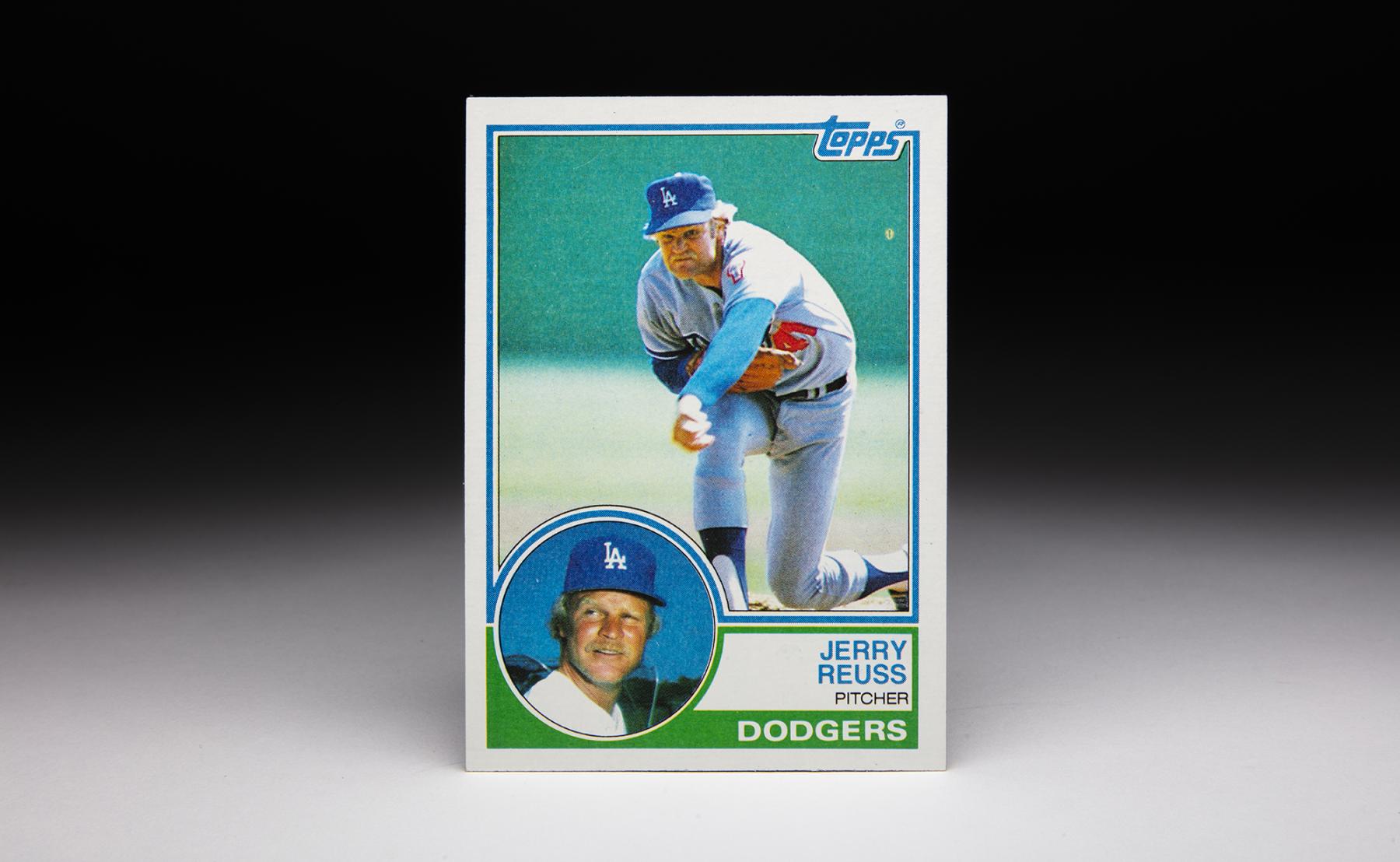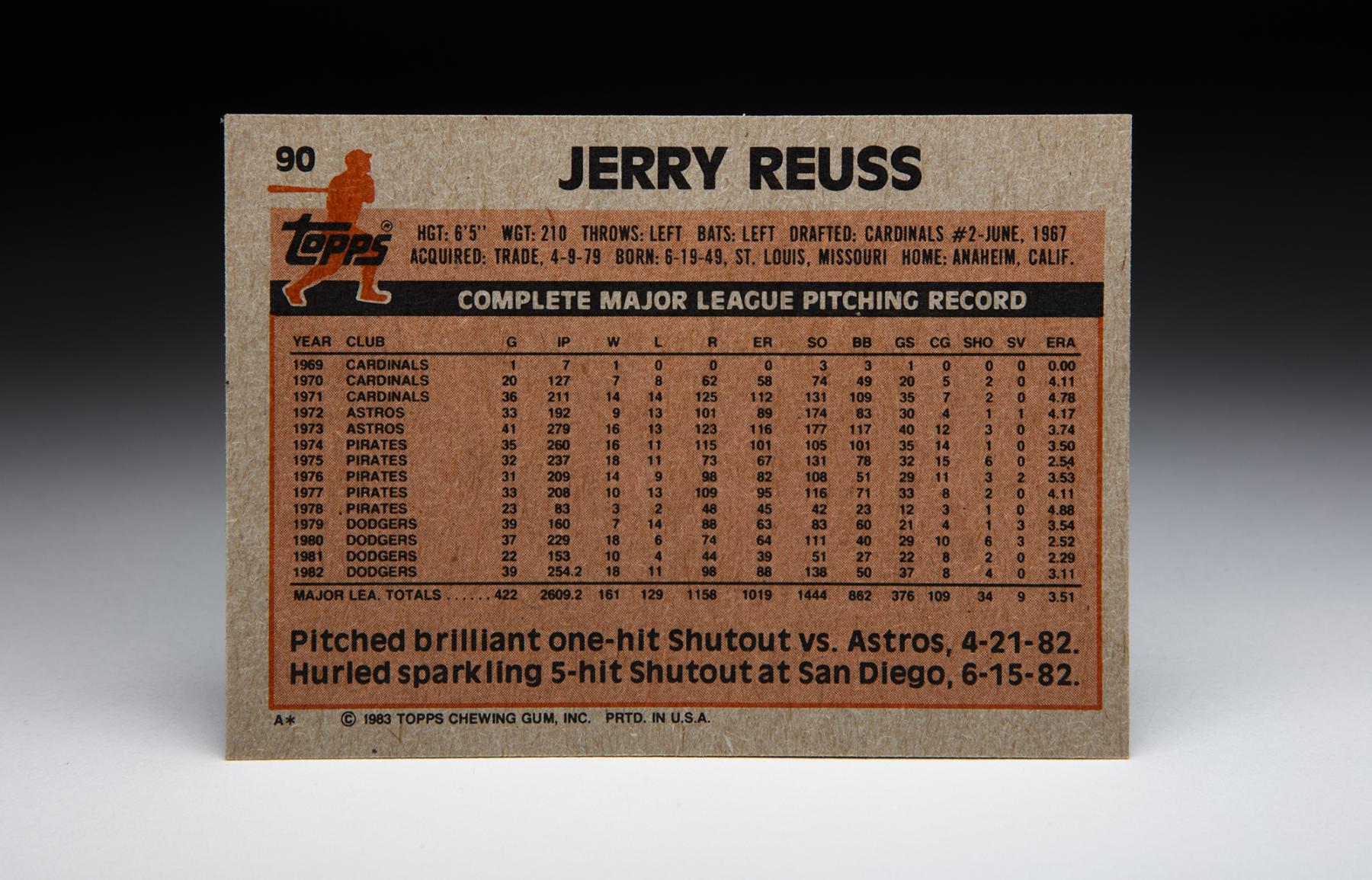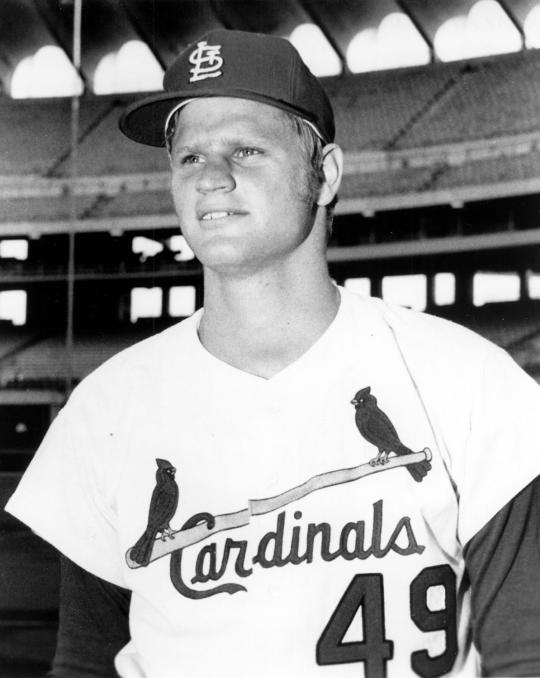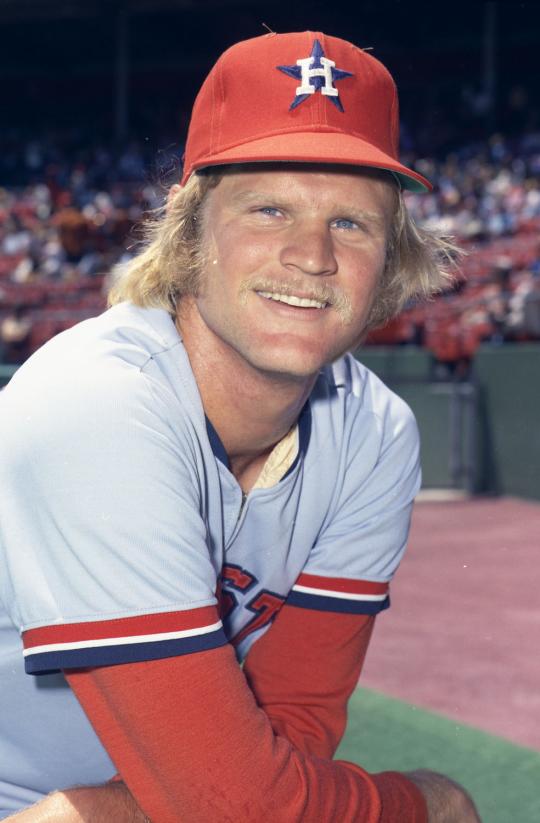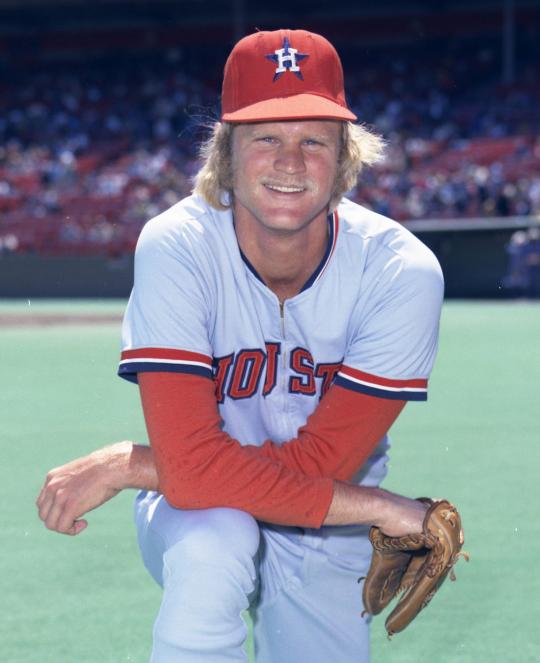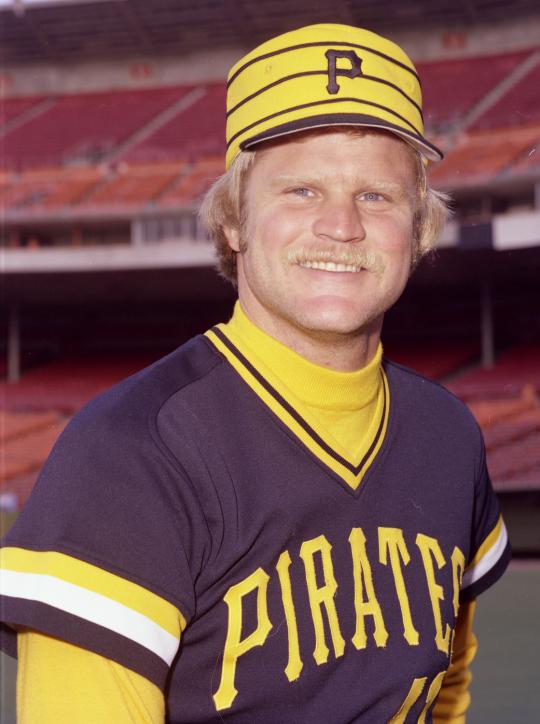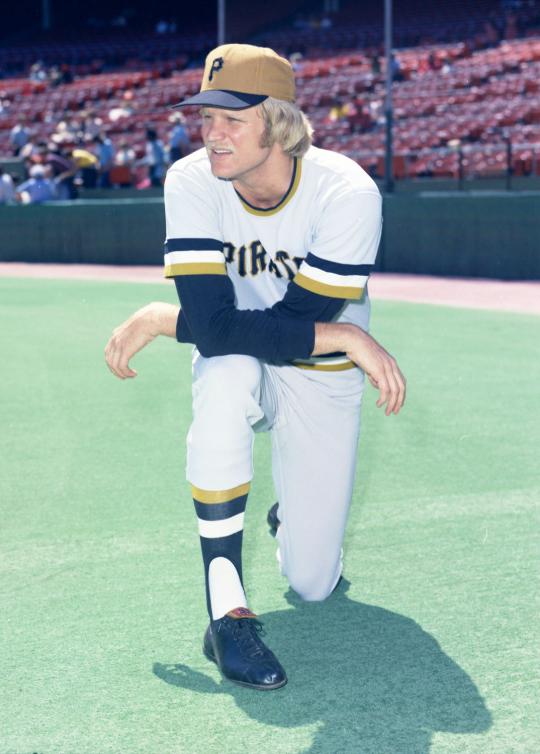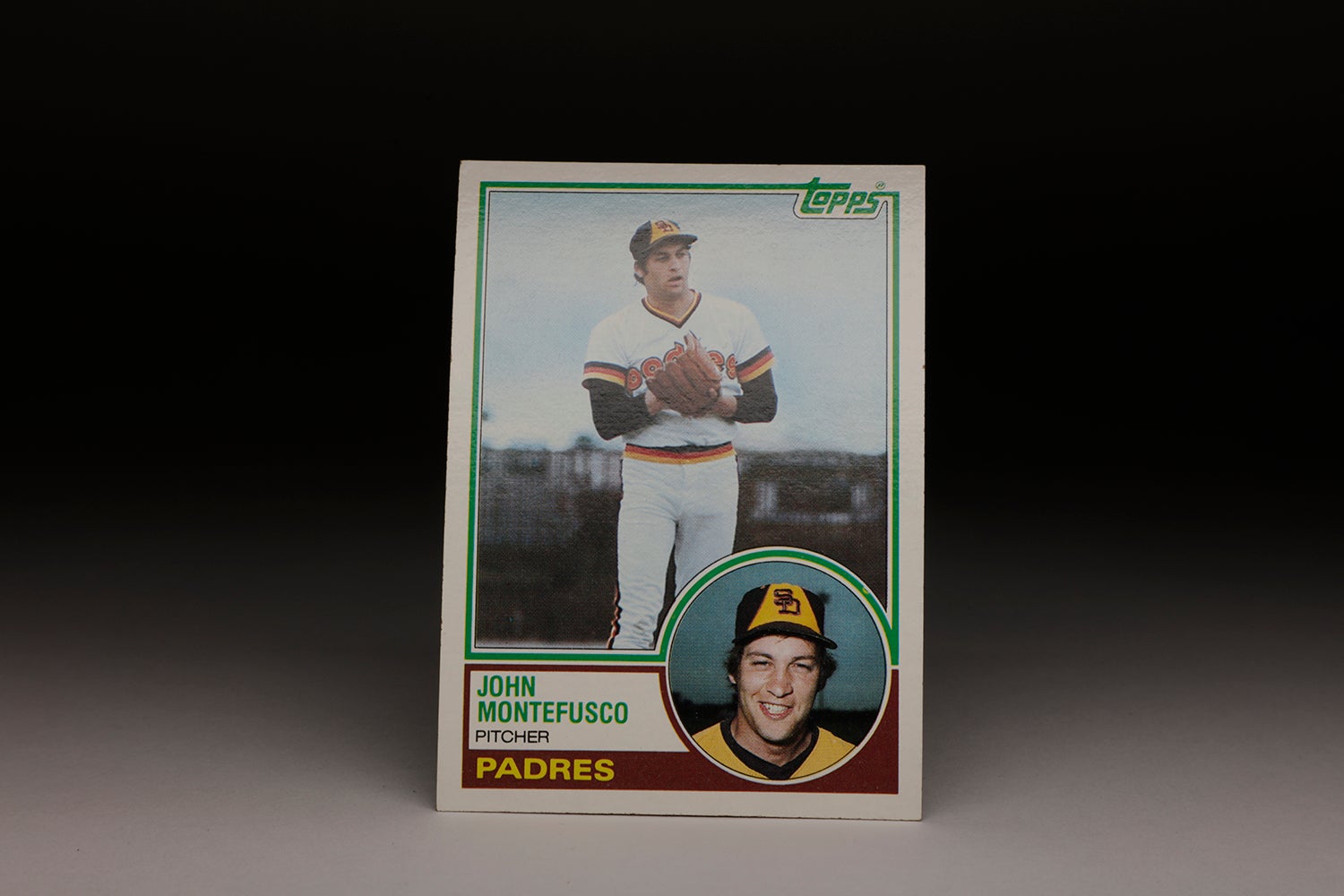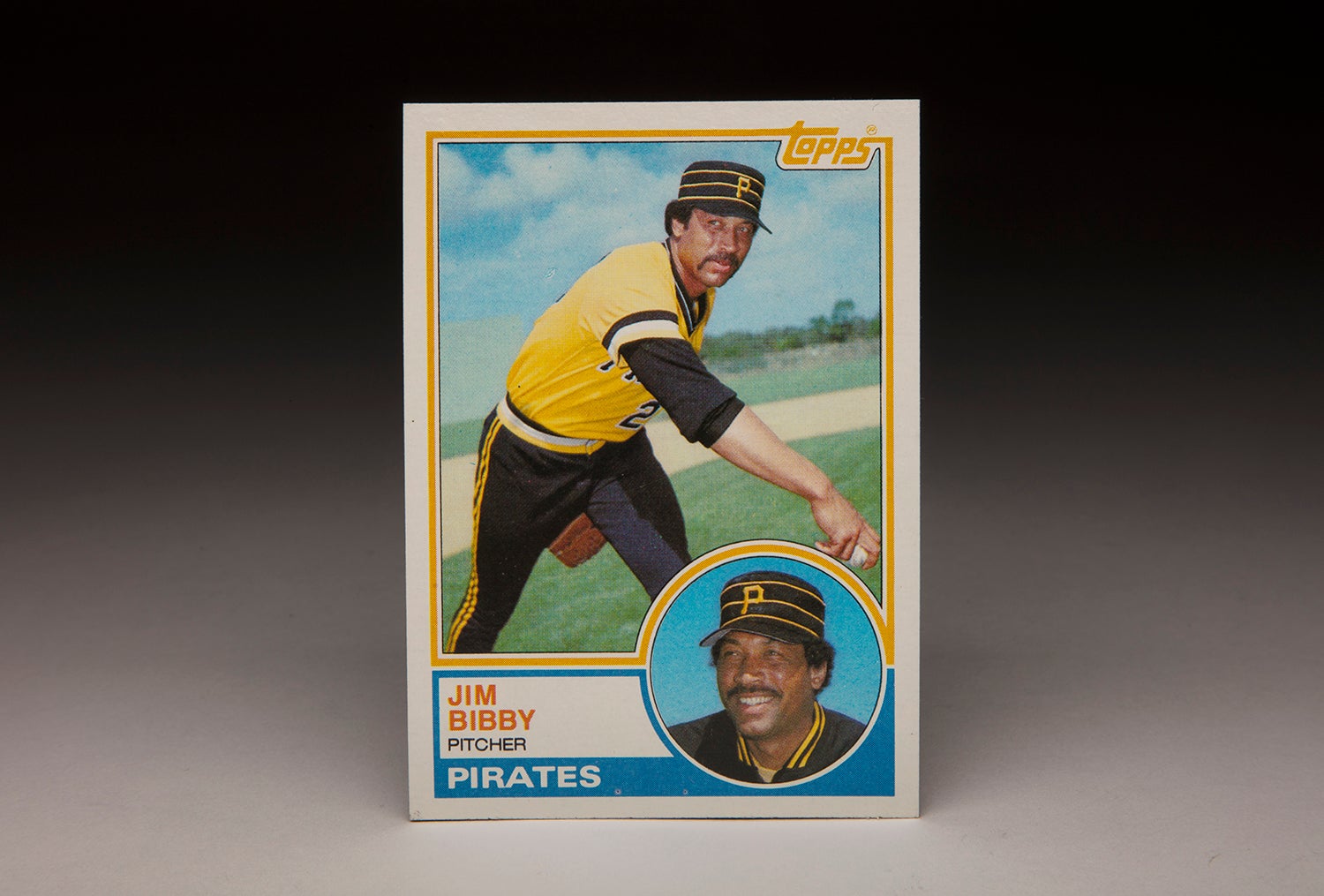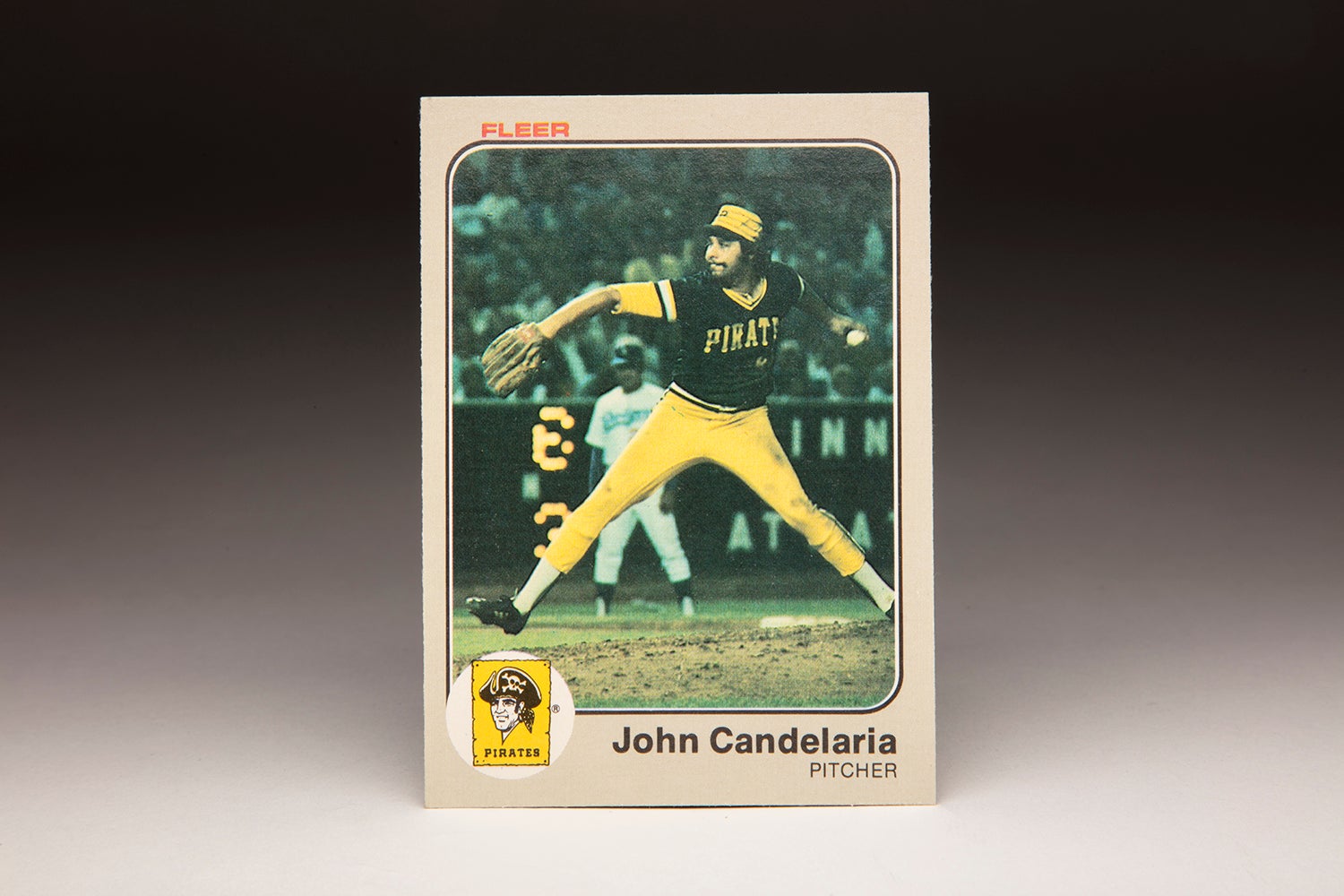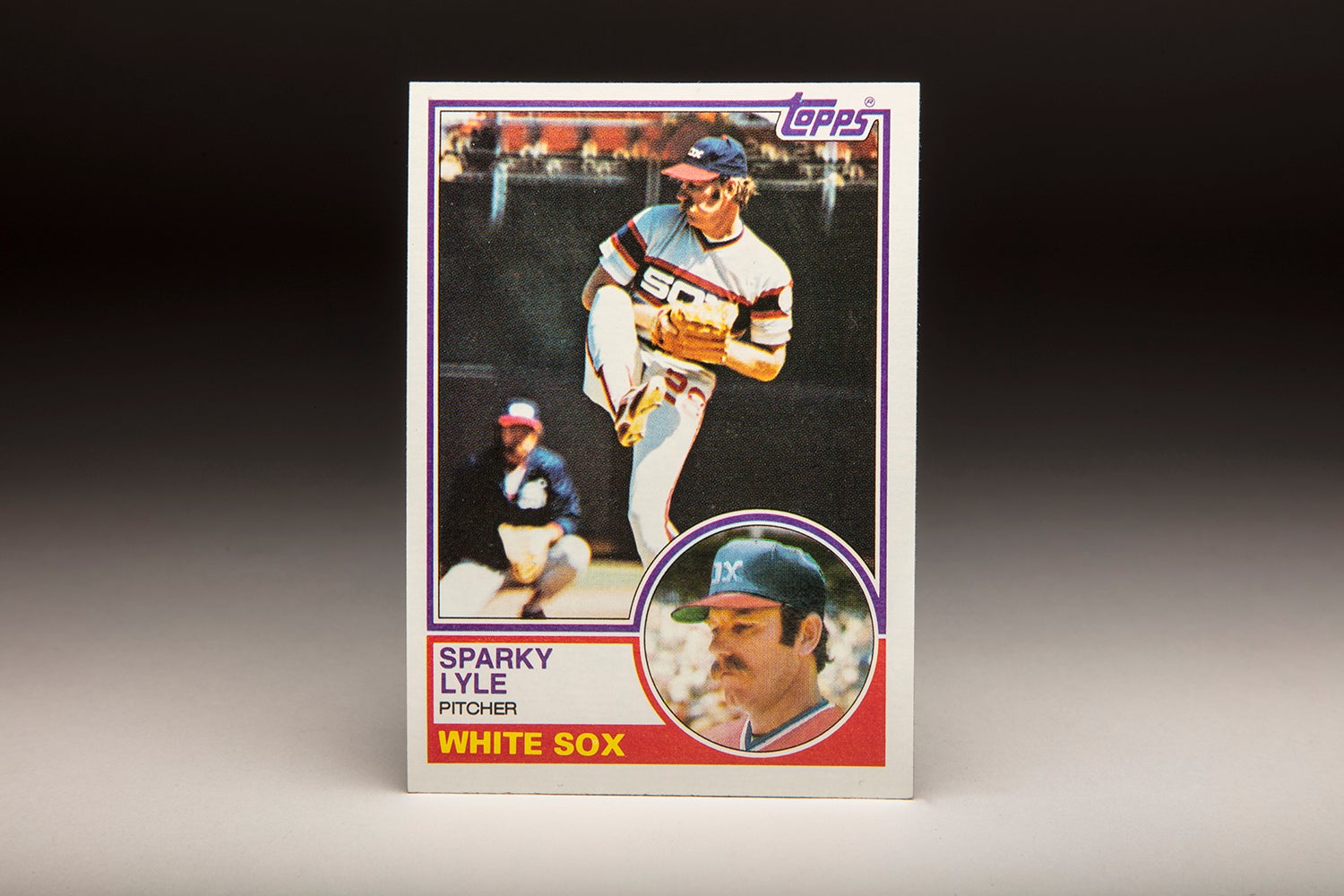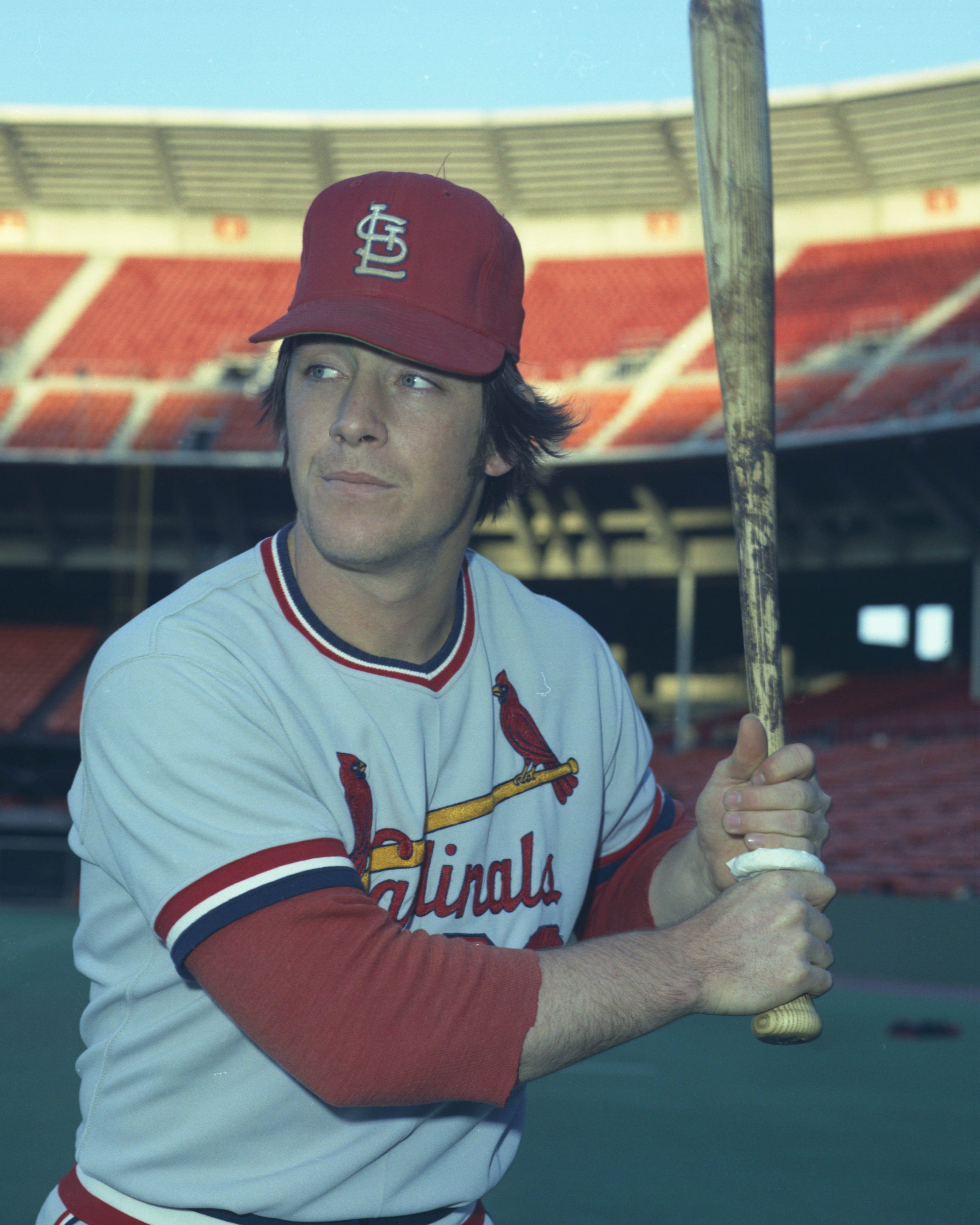- Home
- Our Stories
- #CardCorner: 1983 Topps Jerry Reuss
#CardCorner: 1983 Topps Jerry Reuss
When the baseball world woke up on June 28, 1980, to find that Dodgers’ left-hander Jerry Reuss had come within one error of pitching a perfect game, fans were electrified from coast to coast.
Of course, that electricity took a while to reach everyone. In the days before social media and with ESPN not yet a year old, a night game in San Francisco meant that many newspapers did not carry accounts of Reuss’ gem.
But considering that only nine perfect games had been authored prior to Reuss’ 8-0 win over the Giants – and that only four of those had come after World War II – fans across the country knew that something special had happened.
For Reuss, it marked a return to excellence for a pitcher who was among the best in the business during the mid 1970s and again in the early 80s.
Hall of Fame Membership
There is no simpler, and more essential, way to demonstrate your support than to sign on as a Museum Member.
Born June 19, 1949, in St. Louis, Reuss attended Ritenour High School, where he excelled in both basketball and baseball as well as academically. He led the Huskies to Missouri state baseball championships in 1966 and 1967, stamping himself as a pro prospect. He pitched a three-hitter in the state finals in the latter year to clinch the title for Ritenour – and also starred in American Legion baseball.
But Reuss was surprised when his hometown Cardinals took him in the second round of the 1967 MLB Draft – one round after selecting future Hall of Famer Ted Simmons.
“At one time or another, I guess a scout from about every club spoke to me, just to become acquainted,” Reuss told the St. Louis Post-Dispatch. “But no member of the Cardinals talked to me.”
But the Cardinals had Reuss on their radar.
“We didn’t want to advertise our interest in him,” said Cardinals chief scout Joe Monahan.
Reuss had offers to play collegiately at Southern Illinois and Missouri, but signed with the Cardinals for a package worth around $30,000. The Cardinals sent Reuss to their Gulf Coast League team – and he quickly earned a promotion to Class A Cedar Rapids, where he was 2-5 with a 1.80 ERA in nine starts before making one appearance for Triple-A Tulsa at the end of the season.
Reuss attended college throughout 1968 to maintain his draft deferment, appearing in 17 games for Double-A Arkansas while posting a 7-8 record and a 2.17 ERA. The Cardinals were so impressed that they kept Reuss on their protected list for the Expansion Draft.
“He’s not that far away,” Cardinals manager Red Schoendienst told the Post-Dispatch about the 6-foot-5 lefty. “He can really hum that ball, and he’s got the poise and physique, too.”
In 1969, Reuss went 13-11 for Triple-A Tulsa, earning a September promotion to the big leagues. He pitched seven shutout innings against the Expos in his major league debut on Sept. 27, 1969. Reuss also drove in what proved to be the game’s winning run with a seventh-inning single.
“I’ve learned a lot just watching Steve Carlton pitch,” Reuss told the Post-Dispatch after his first big league win.
Reuss would again be a teammate of the future 300-game winner in 1970. He began the season with Triple-A Tulsa, going 7-2 with a 2.12 ERA in 11 starts before returning to St. Louis in June. He made his big league debut that season June 22 with nine innings of one-run ball against the eventual National League East champion Pirates and started regularly the rest of the season, going 7-8 with a 4.10 ERA. He tossed two complete game two-hitters in August and won his last three starts of the season, working 26 of a possible 27 innings.
After getting married that winter, Reuss was outstanding during Spring Training of 1971, allowing five earned runs and 17 hits in 26 innings to earn a spot in the Cardinals rotation. Schoendienst started Bob Gibson and Carlton in St. Louis’ first two games of the year – both on the road against the Cubs – then turned to Reuss for the team’s home opener against San Francisco.
“I’m not going to say I’ll win 10 games or 15,” Reuss told the Post-Dispatch. “If I improve, I’m going to win that many unless I lose (several) 1-0 games.”
Reuss received solid run support from his teammates for much of the season en route to a 14-14 mark and 4.78 ERA over 211 innings. But on the eve of the 1972 season – that was delayed for nearly two weeks due to a labor dispute – the Cardinals traded Reuss to the Astros for Lance Clemons and Scipio Spinks on April 15.
Reuss and the Cardinals had not agreed to a contract for the 1972 season, with Reuss asking for a reported $18,000 raise to $35,000. But the ultimate reason for the trade may have been Reuss’ blond mustache, which reportedly drew the ire of some club executives.
Reuss quickly agreed to a contract worth a reported $27,000 with the Astros and moved right into the Houston rotation, going 9-13 with a 4.17 ERA in 192 innings. Then in 1973, Reuss led all National League pitchers with 40 starts while going 16-13 with a 3.74 ERA in 279.1 innings.
Reuss, however, often battled with Astros manager Leo Durocher during those two seasons. On Halloween of 1973, the Astros sent Reuss to the Pirates in exchange for promising young catcher Milt May.
“It wasn’t an easy trade to make,” Pirates general manager Joe Brown told the Pittsburgh Post-Gazette. “We gave up a man who can become an outstanding catcher. That was the price we were willing to pay to get Reuss.”
The Pirates had slipped to third place in the NL East in 1973 after winning three straight division titles. Brown focused on rebuilding the pitching staff – and Reuss was a primary target.
“I’m surprised because (the Astros) received only a second-string catcher for me,” Reuss told the Post-Gazette. “I thought I was worth more than Milt May.”
Reuss proved his worth in 1974, earning his first Opening Day start and going 16-11 with a 3.50 ERA as the Pirates reclaimed in the NL East title. Reuss appeared in the postseason for the first time and started Game 1 of the NLCS vs. the Dodgers, allowing just one run in seven innings but taking the loss in a 3-0 Los Angeles win. Reuss then started again in Game 4 and allowed three runs in 2.2 innings as the Dodgers won 12-1 to take the series.
In 1975, Reuss had his best season to date, going 18-11 with a 2.54 ERA and starting the All-Star Game for the NL. Reuss again started Game 1 in the NLCS as the Pirates faced the Reds, but allowed four runs over 2.2 innings as Cincinnati began its eventual sweep of the Pirates with an 8-3 victory.
“He had good stuff, but he just couldn’t get it over,” Pirates manager Danny Murtaugh told the Associated Press following Game 1. It was just one of those days.”
Reuss was 14-9 with a 3.53 ERA in 1976, but the Pirates fell to second place in the NL East.
Murtaugh passed away during the offseason and was replaced by Chuck Tanner, who in 1977 made heavy use of a bullpen that featured Goose Gossage and Kent Tekulve. Reuss lost his first five decisions of the year while getting acclimated to Tanner’s style, but won six of his first seven decisions after the All-Star break and finished with a 10-13 record and a 4.11 ERA.
But after four years as a mainstay in the Pirates’ rotation, Reuss was the forgotten man in 1978. Tanner favored right-handed starters against the many right-handed sluggers in the NL East – and Reuss pitched much of the season out of the bullpen, making only 12 starts and going 3-2 with a 4.90 ERA over 82.2 innings.
“I can’t say enough about Reuss, (Bruce) Kison and (Jim) Bibby,” Tanner told United Press International toward the end of a season that saw Pittsburgh fall short in a mad dash to catch the Phillies down the stretch. “They’ve had to start with long stretches of days off and they’ve done the job.”
Then on April 7, 1979 – two days into a season that would see the Pirates win the World Series – Pittsburgh traded Reuss to the Dodgers in a one-for-one deal for right-handed pitcher Rick Rhoden. The deal was made public a week before it was consummated – but each team demanded that a new long-term deal be worked out with each pitcher before the trade was finalized.
Reuss’ new deal was worth a little more than $1 million over five seasons.
“I have no regrets,” Reuss told the Associated Press after being in uniform but not pitching in the Pirates’ first two games of the season. “No sour grapes whatsoever.”
Reuss struggled in 1979, going 7-14 with a 3.54 ERA in 160 innings as he shuffled between the rotation and the bullpen. But he revamped his training methods after the season and added a cut fastball to his repertoire for 1980.
The result: An 18-6 record with a 2.51 ERA, an NL-best six shutouts, a second-place finish in the NL Cy Young Award voting, a second All-Star Game selection and his no-hitter against the Giants.
Reuss proved his success was sustainable the following year when he went 10-4 with a 2.30 ERA for a Dodgers team that won its third NL pennant in five seasons.
He pitched 18 scoreless innings against the Astros in the NLDS, made one start in the NLCS as the Dodgers defeated the Expos and then was 1-1 in two starts in the World Series against the Yankees – throwing a five-hitter in the pivotal Game 5 that LA won 2-1.
“I’ve never felt better than this,” Reuss told the AP after winning Game 5. “I just decided to pitch my game. I threw them all fastballs...maybe three, four or five curveballs. What it comes down to is pitching to your strength.”
The Dodgers won the World Series in six games, giving Reuss the title he missed out on in Pittsburgh.
Reuss went 18-11 with a 3.11 ERA in 1982 and was 12-11 with a 2.94 ERA in 1983 as the Dodgers won another NL West title before falling to Philadelphia in the NLCS. Following the season, Reuss signed a new four-year deal that would pay him an average of $1.1 million per season.
But Reuss underwent arthroscopic surgery on his left elbow in January of 1984 and made just seven starts through June as he worked his way back. After returning as a reliever, Reuss took regular turns in the rotation in September and finished the year with a 5-7 record in 99 innings.
He bounced back with a 12-11 mark and 2.94 ERA in 1985 as the Dodgers again won the NL West. Reuss made his final postseason appearance that year, allowing seven runs (but only two earned) in 1.2 innings in a Game 4 start against the Cardinals in the NLCS.
But Reuss battled more arm problems in 1986 and underwent surgery – performed by Dr. Frank Jobe – in July to remove bone chips from his left elbow.
He made two appearances at the end of the season, then returned for the final season of his contract in 1987 – only to be released by the Dodgers on April 10 after just one appearance.
He hooked on with the Reds – where he was 0-5 in seven starts – before being released in June and then landing with the Angels, where he went 4-5 in 17 games over the final three months of the season.
Now a free agent, Reuss signed a non-roster deal with the White Sox, pitched well in Spring Training and became the ace of Chicago’s staff – going 13-9 with a 3.44 ERA in 183 innings during a season when he turned 39. Reuss would later say that 1988 was his favorite year in baseball.
“When I first got into the game, I never expected to make 20 Spring Training camps,” Reuss told Gannett News Service in 1988. “I was hoping to stay in the big leagues for five years and qualify for (a) pension. I’ve seen young kids come and go, yet I’m still around. I must be doing something right or I wouldn’t still be here.”
Reuss drew the fourth Opening Day start of his career in 1989 (after starting for the Pirates in 1974 and 1977 and the Dodgers in 1982), but he struggled to recapture his form of the previous year and was 8-5 with a 5.06 ERA on July 31 when he was traded to the Brewers on July 31 for Brian Drahman. After going 1-4 in seven starts for Milwaukee, Reuss was released.
He returned to the White Sox in 1990 but was released on April 6 before appearing in a game, hooked on with the Astros for a month but did not pitch and then signed with the Pirates on July 7. On Oct. 3, 1990 – with the Pirates having clinched the NL East a few days before – Reuss started the team’s final regular season game of the year, allowing three runs over 5.1 innings against the Mets.
It would be the final game of his career.
“It’s a chance to say good-bye, to go out the right way,” Reuss told the Post-Gazette after having already announced that he would retire at the end of the season. “I wanted to be a part of a contending team in my last year. I wanted to go out on top.”
Reuss retired with a record of 220-191 over 22 seasons with a 3.64 ERA. When he retired, Reuss’ win total was the most of any pitcher who had never posted a 20-win season. Reuss remains one of fewer than 40 players who appeared in a big league game in four different decades.
Upon leaving the field, Reuss joined ESPN as a broadcaster, working games from 1991-93. He later called games for the Angels and Dodgers as well as minor league teams. Reuss also worked as a pitching coach in the minors.
“I want to be remembered as a guy who did his job every fifth day,” said Reuss, “worked hard and had fun.”
Craig Muder is the director of communications for the National Baseball Hall of Fame and Museum

